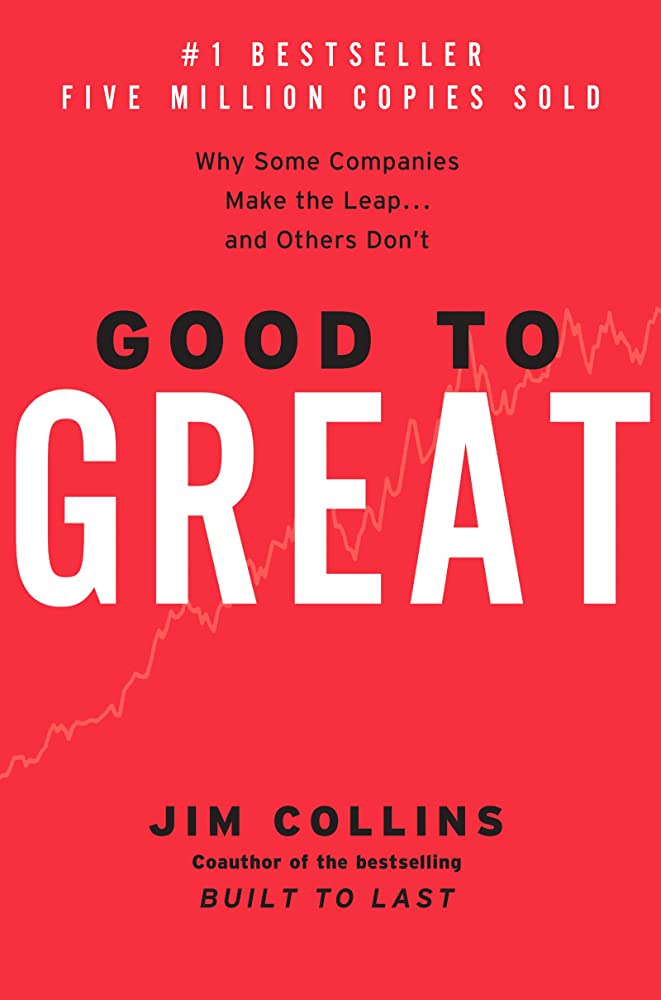Real Loyalty Has No Expiration Date

In Russia the banking industry has always been very conservative. Many banks take their roots from the old Soviet banking institutions. Nowadays some of them are actively trying to overcome their conservative ways and are beginning to pursue ideas that we commonly refer to as “Bank 2.0”. Banks are discovering the world of mobile applications, internet-banking, PFM (personal finance management) and so on. It seems to me that this is a step forward. However, it appears that your company, Senteo, somehow isn’t so excited about this trend. Why?
I wouldn’t say that this trend or this movement is entirely new for Russia. I mean, mobile banking, internet banking, etc. Simply, some banks have already had these capabilities for some time, while others are just now beginning to develop them. Sooner or later, all market players will possess similar capabilities, as a general standard, and we have nothing against that.
The real question is – where do banks see themselves in the future and in what areas are they going to invest over the course of the next 3-5 years. Will they be innovating exclusively in technologies, channels and products, or will they be investing in strategies that strengthen their relationship bond with customers.
These are quite different things and our position is that retail banks should invest in both.
I believe it is naïve to think that by launching mobile banking and by adding functionality to smart- phone applications customers are somehow going to become more loyal. As time goes by, everyone will have the same channel functionality – then, what’s the competitive advantage?
As soon as you launch a new “gadget”, everyone else will copy it. It’s important to realize that the majority of technological innovations only involve a limited aspect of customer interaction, i.e. access to services and usage convenience. What next?
Judging by the news from the American retail banking sector, one can assume there is a trend of cutting down on bank branches, but you say that keeping branches is essential…
We are not the only ones who are saying that. Quite recently, when speaking at the Skolokovo Business School, Sir Richard Branson also said that mobile technologies and things like contactless payment systems represent a serious risk to the banking industry and he used the example of iTunes by Apple which became the reason why so many music stores went out of business. But you have to look at it from the right perspective.
Obviously, the technological boom is going to continue. Companies must quickly react and decide how to take advantage of the new technologies. But before doing that, one has to also understand the potential risks. From the retail banking point of view, it’s important to understand the role and the value of each individual channel through which banks:
- Acquire new customers
- Service current customers
- Develop customer loyalty
If channels, whether they are physical, virtual or remote, are perceived in these three dimensions, then it quickly begins to make sense what channel performs which functions and what sort of development they may each require.
High technologies enable banks to reduce costs and service customers more effectively. In the ideal world, the can even drive sales and acquisition. However, a direct human contact will continue to be important for developing and maintaining customer relationships. And as such, direct human contact requires a physical environment for interaction. I am not against the idea of optimizing physical branch networks in order to reduce a transactional load in traditional branches. Rather, I am more inclined towards the idea that bank branches need to be transformed into the kind of touch-point that customers would like to visit, as they do other retail stores.
People enjoy shopping; they feel that it can be both useful and pleasant to go to a store; they don’t mind talking to a human while trying to choose a merchandize or a service; they are willing to spend their free time shopping in order to see and experience something new. So in that context, going to a bank branch in order to make a transaction has little or no appeal and it’s definitely inconvenient. I think removing the need to come to a branch for the sake of making a transaction is absolutely a good idea. However, repurposing a branch so that people can come to a branch to shop for something new, to get useful financial advice, to discuss financial plans, to find a good solution, or to learn how to be more financially disciplined – these things are probably worth developing.
The Apple Store is a great example of this idea. As you know Apple already had a good set up for its sales and distribution, before it launched the Apple Store. And the most cost effective channel they had was their internet site, Apple.com. However, Apple saw fit to launch physical retail stores under their own brand where customers could come to touch and feel Apple products. With the help of these stores Apple was able to create additional reasons for contact with its customers and strengthen their relationship with the Apple brand. The whole world became witness to the ‘crazy’ long lines outside the Apple stores, waiting to get a chance to buy the new iPod or the new iPhone. Moreover, people weren’t even that sensitive to the price Apple products cost and continued to visit the Apple stores as a shopping destination. Was this strategy effective? Absolutely!
I think banks can extract a useful lesson from this example. Imagine a banking center whose primary purpose is to create an emotional tie with the customers. Imagine that people could visit a bank to “touch and feel” various financial services. Imagine a place where you could go to craft and fit out a solution that’s tailor-made and that has an immediate impact in a person’s life by helping to achieve concrete goals. Now that kind of a place might be more fun to visit.
This probably means that such a bank must be a “universal” financial institution, that it needs to be good and appealing in a variety of product categories. So, what would you say about banks that specialize on one thing or have a limited offering?
There are plenty of examples of companies that operate even without a banking license, and yet compete in the financial industry. One of the bright examples of that is Mint.com There are also plenty of banks that focus on just one product. It all depends on what kind of business these companies are trying to pursue. Some e-commerce retailers, for instance, don’t even need a wide range of products or channels. The financial institutions are intrinsically different, however.
Even Capital One which was primarily known for credit cards, in 2005 decided to get into traditional retail banking and since then has acquired a number of universal retail financial insitutions, including: Hibernia National Bank, Chevy Chase Bank, NorthFork, and ING Bank fsb, which operates as ING Direct in the United States.
Even in Russia, a bank called Tinkoff Credit Systems, which originally started using a similar model as Capital Once, after some time started to offer deposit products for retail customers. As well, Svyaznoy Group, a well-known Russian mobile- phone and electronics distributor, first began to dabble in banking by offering a loyalty program that entailed a bonus card and then an instant issue credit card. After a while it decided to launch a fully loaded retail banking business under the brand Svyaznoy Bank. This trend is no longer surprising. Because it makes sense.
The more products and channels you have, the more “sticky” you become to your customers and the more potent to generate a synergy. Having a customer that uses a single product is one thing; while having a customer with half of dozen of your products is whole other thing. The profitability level goes up, while the cost of service and potential risks go down.
Going back to Apple for a minute, there was a time when their only portable hand-held device was an iPod. Look at it now…Apple has a whole range of portable products and continues to expand each year.
In reality, if a company plans to focus on building a long term relationship with its customers, then any product expansion represents a chance to expand the customer relationship also. And that, in turn, raises business efficiency and profitability practically on all fronts. A “win-win”, as they say or Real Loyalty Has No Expiration Date



Sales training for front line along with basic development and coaching principles for line management.
Understanding branding and communications from the standpoint of emotional engagement and building relevant and meaningful dialogue with customers.
This course covers a complete view of customer touch points (both physical and virtual) and a unique model for standardizing and managing customer contact models across channels including approaches for customer feedback, quality management, and migration.
Understand how the innovation process changes moving from functionality and channel design to a process focused on creating value for customers.
Experiential Branding & Communications – Improving Brand Integration Through Emotional Engagement.
This course covers a complete view of customer touch points (both physical and virtual) and a unique model for standardizing and managing customer contact models across channels.
Understand the value of a customer-oriented analytics package and how behavioral scenarios can be used to improve profitability through influencing behavior and usage.
To understand the principles of game dynamics and learn how to effectively use the elements of gamification in business: to involve customers, employees and contractors in the process.
Understand the components and features in a complex Customer Relationship Management system (infrastructure, architecture, functionality, etc.) and the uses and benefits for both the business and the customer.
Understanding the range and function of different relationship management processes used to build customer engagement models and manage the quality of customer relationships.
Understand how the innovation process changes moving from functionality and channel design to a process focused on creating value for customers.
Understanding the drivers and mechanics of corporate culture will help any management to design and develop an organizational culture for success and growth.




 Copy Link
Copy Link
 E-mail
E-mail
 LinkedIn
LinkedIn
 Facebook
Facebook
 Telegram
Telegram
 WhatsApp
WhatsApp














 Go Back
Go Back
Leave a Reply
You must be logged in to post a comment.